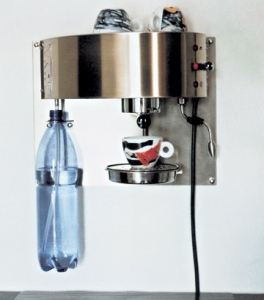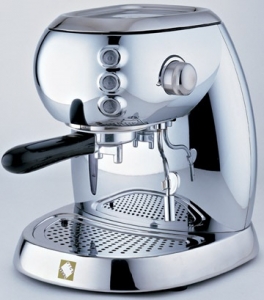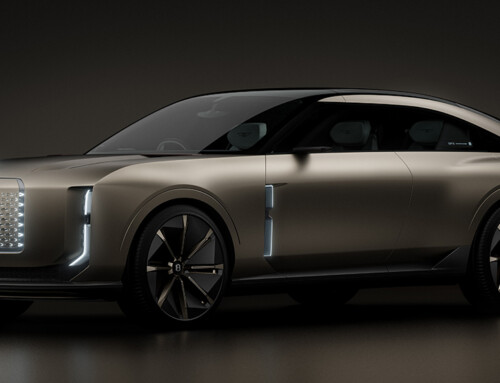Espresso machines, artefacts that are exquisitely Italian in function and in design and the star designers who transformed them into works of art. Alberto Bassi reports on key moments in their history, as well as espresso machines that have acquired iconic status. From the unmistakable Lilliput that Gio Ponti created for Pavoni to the E61 that the Faema engineering team invented for professional use. From the simple, pared-down design of Makio Hasuike’s Baby Gaggia (1973) via Luca Meda’s architectural “Caffè Concerto” for Girmi that was a parallelepiped with a hole in the centre for the coffee cup, to the Z8 and Z9 that Marco Zanuso designed for Rancilio in 1971.
It is, in fact, to celebrate the 75th anniversary of the historic firm created to manufacture espresso machines by Roberto Rancilio that Isabella Amaduzzi and Luca Rancilio have recently published a book which recounts the company’s fascinating story. More than mere hagiography, it offers a detailed analysis of the models that have set their distinctive seal on this strictly Italian rite. The illustrated section devoted to “Rancilio and his machines”, is followed by a description of Michele De Lucchi’s work by the expert hand of Angelo Micheli, who has designed several coffee machines on his own account. These include the Nescafé Insolite, as well as the vending machines designed for Rehavendors, a major German manufacturer in this sector. The fascinating story of these unique domestic appliances is also well documented with extensive illustrations on www.espressomadeinitaly.com (the source of the historic photographs that accompany the present article).
The article continues in Auto & Design no. 144












